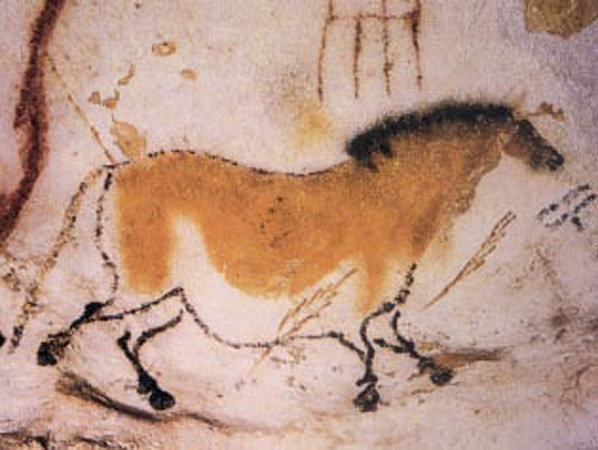One enduring concept has become clear to me during my years of historical pigment research. The colors used in world cultures throughout the ages are many of the very same pigments. The earth itself over thousands of centuries has created a harmonious palette of archival and readily available colors to create some of the most beautiful and enduring art in the world.
With few exceptions, the Dutch painters of the 17th century used similar pigments as the Ancient Egyptians and Greeks. Think of ancient peoples painting about 15,000 BCE in caves at Lascaux or the Egyptian Vizier recording history for the Pharaoh with chunks of ochre and charcoal. These same natural earth pigments were used to decorate sheets of papyrus, vellum, paper, caves, walls, faces, bodies, fabrics, clothing, tools, weapons, and stones everywhere. They probably just hacked a chunk off the cave wall and started painting, or charred some bone or sticks of wood and began to draw.

After Hatshepsut encouraged world trade in circa 1479 BCE, pigments such as Egyptian blue frit traveled the waterways to far off lands. Hatshepsut, the renown female Pharaoh, in turn, imported orpiment (a bright yellow) from Italy and Turkey and vermilion from China for Egyptian artisans to decorate the dazzling treasures or sarcophagus of one of (or all of) the eleven Ramesses the Great, King Horemheb, or good ole’ King Tut himself.
